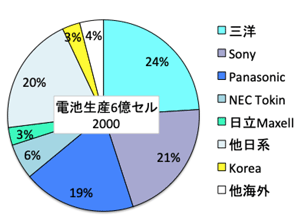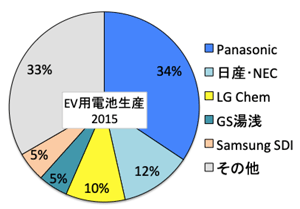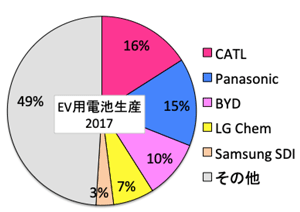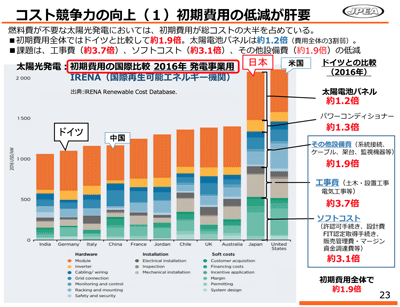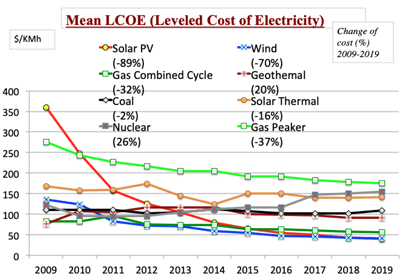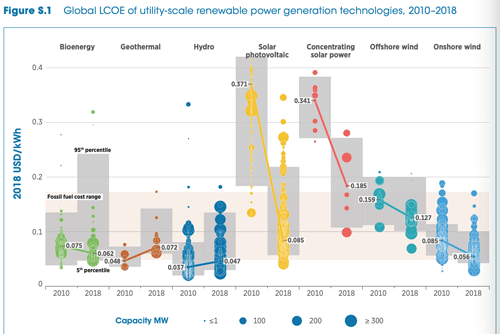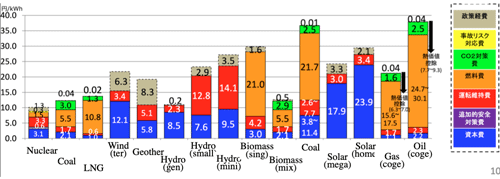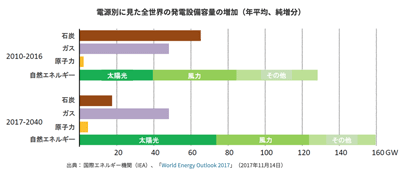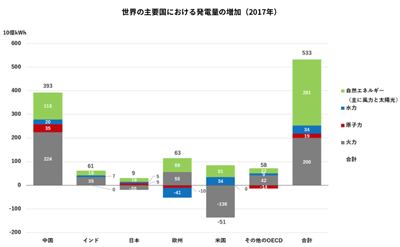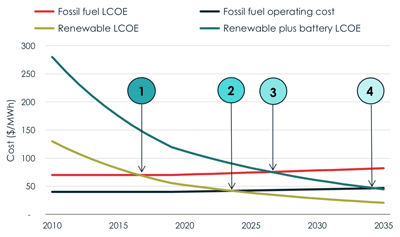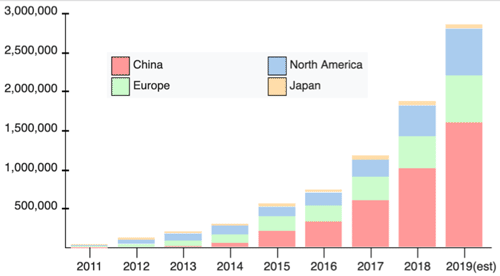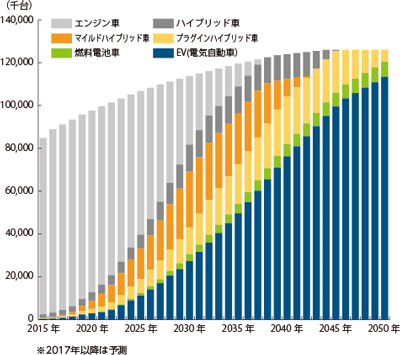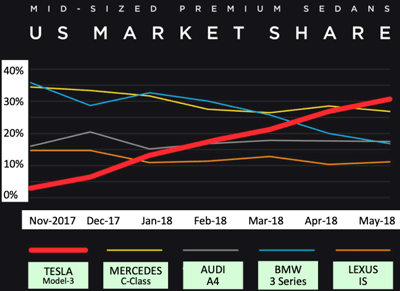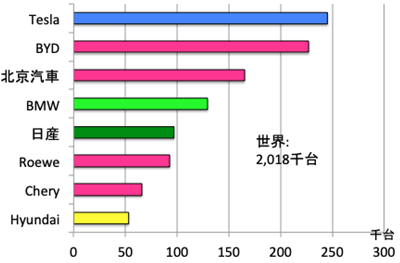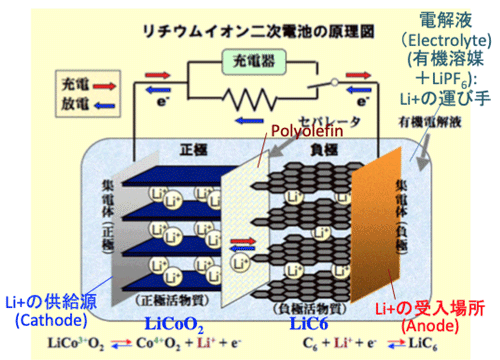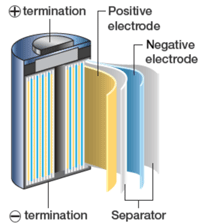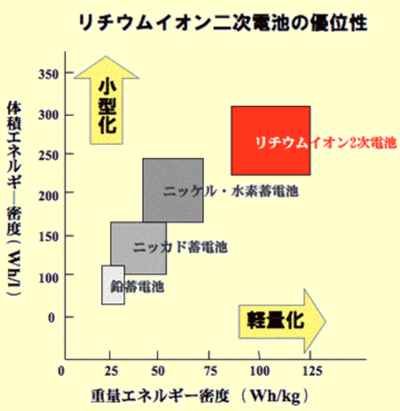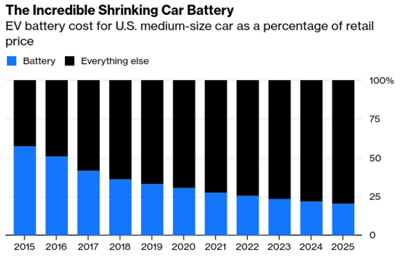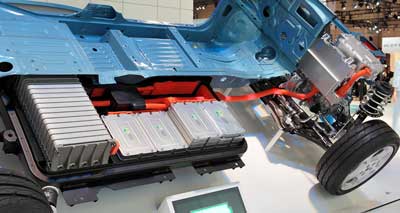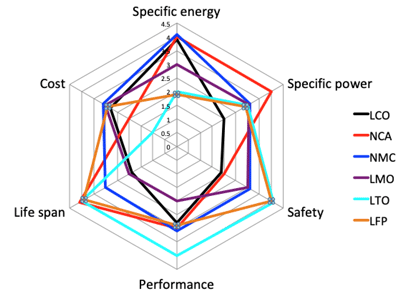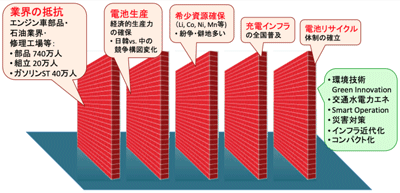>Top 4. Procurement of rare metals:
- The market trend of rare metals tends to go ahead of the global economic trend.
- Major trend of 15 years has occurred as a rule of thumb.
- 1945-50 was the post-war reconstruction period, then 1950-65 new systems were installed, 1965-80 economic growth, 1980-95 peak out, 1995-2010 zero growth, ...
- Typical bear market also shows global trend; crash in 1929, 1973, and 2001.
- Higher mountains make steeper valleys.
- METI of Japan (actually JOGMEC, Japan Oil, Gas and Metals National Corp.) listed 47 atoms as rare metals, to which Shigeo Nakamura, rare metals specialit, added 10 more rare metals.
- Rare metals are defined by 1) scarcity of ore reserves of the metals, or 2) difficulty of extracting of them.
- Most of the countries stockpiled such rare metals due to security reasons.
- 95% of the metal transactions are occupied by Fe, and the remained almost 5% are Cu, Pb, Zn in the order of million tons.
- Japan is the biggest consumer of such rare metals.
- The transaction volume of such rare metals are very small, in several tons order.
- The ore reserved of such rare metals are unevenly distributed, and supplied by very limited sources, such as China, some African counties, and Latin countries.
- Features of rare metals:
- Superconductivity
- Ferromagnetic
- Semiconductivity
- High temperature heat resistance
- Photoelectric conversion
- Heat conduction
- Catalytic propeties
- Radiation function
- Corrosion resistance
- Optical properties
- The rare metals are used as the materials in high-tech products, such as:
- In (indium) in conductive fils of LCD
- Li and Co in electrode and electrolyte
- Ga (gallium) in LED
- Nd (neodymium) and Dy (dysprosium) as permanent magnet of high-performance motor
- EV uses full of rare metals:
- high voltage 400V of EV, and 150-200V of HV, vs. 14V or 42V of ICE
- Rare metal market:
- In Japan, ¥1.2T/2003, ¥2.0T/2005, ¥3.3T/2007
- In 2008; composed of 1) noble metals ¥962B, 2) rare metal chemical products ¥812B, 3) ferroalloy ¥559B, 4) catalyst ¥558B, 5) rare metal ore ¥557B, 6) Ni metal ¥156B, 7) rare earth ¥58B.
- Rare metals market is easily affected by speculations due to its small size.
- Japan shares 65% of worldwide exports of electronic materials, depending on its fine processing technology and environmental technology.
- China is basically importing country of natural resources; but exceptionally retains large reserves of several rare metals, such as W, Mo, Sb, and rare earths.
- Since 2000, China shifted to domestic-oriented economy, changing its export policy of rare metals.
- In 2006/1, consignment processing of rare metals is banned; in addition export taxes of rare metals were induced.
- As of 2007/1: export tax 5% for W, 15% fro Mo, Cr, In as well as export quota for 40 items is induced.
- As of 2007/6: export tax 15% for rare metals, 10% for rare earth metals.
- As of 2008/1: 10% for W, and 25% for rare earth metals.4-5 times in several years.
- Such change of Chinese policy affected the market of rare metal, soaring
- President Xíjìnpíng graduated faculty of chemistry of Qīnghuá University, knows well the value of rare metals.
- Former president Hú Jǐntāo was graduate of hydraulic engineering of Qīnghuá University.
- Former premier Wēn Jiābǎo graduated China University of Geoscience.
- These leaders have visited Africa almost every year.
- Eg. China installed new railway across Tibetan plateau of 4,000km altitude, intending to promote resources development.
- Ore reserves in Africa, Cuba, North Korea, etc as well as Tibet, Uighur, and Central Asia.
- In North Korea, during Japanese imperial period, there were six Mg factories, and 5 out of 6 located in North Korea.
- There was also large W, Mo deposits there, which were used for military use.
- And there are abundant resources of rare earth metals, which will be very useful metals for present high-tech industries.
- In Central Asia, there are promising rare metal mines as well as abundant oil reserves.
- Kazakhstan has encouraging Cr and Ti mines, where non-ferrous majors are in fierce competition.
- Kyrgyzstan has Sb and rare earth.
- Uzbekistan has Cu and U mines other than Au.
- Tajikistan has Mo and Sb.
- In Latin America, there are many gigantic non-ferrous mines.
- Chile has Cu ore reserves which shares 38%, produces 37% worldwide in 2007. Mo is produced 22% of the world as by-product of Cu.
- Brazil has abundant Nb, Tl, Ni, and Sn, but has less of Cu, Zn, and Cr.
- Peru 1st Ag, 3rd Cu, Zn and Mo reserves, 4th Pb, 5th Au metals.
- In Mongolia, there are large Cu, Zn, Pb, rare earth, Mo, W deposits.
- Re is produced as a by-product of Mo mines; world production in only about 50 tons in 2007.
- Japan needs to import rare metals which are indispensable in making:
- W for cemented carbide
- Rare earth metals for rechargeable batteries.
- In for transparent electrode of flat screen TV
- Pt and V for exhaust gas catalyst.
- Nd, B, Dy for magnetic materials
- Mining in Japan:
- Once Japan had been a typical mining country; all conglomerates (Mitsubishi, Mitsui, Sumitomo, Furukawa, Hitachi, etc.) have gained their enormous wealth through mining operations.
- In 2007 Toyoha Mine of Pb, Zn, In operated by Nippon Mining was closed.
- Hishikari Gold Mine became the last mine operated by Sumitomo Metal Mining.
|
4.
レアメタルの確保:
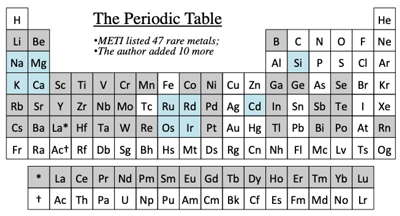
- The gray color is the list of 47 rare metals by METI, and the pale blue shows the another 10 rare metals added by the author.
| Metal |
Use & Application |
| Ti, M.G. |
aviation, desalination, plant, power generation, nuclear, steel, Al addition |
| Rare earth |
optics, lens, magnetism, fluorescent, catalyst, electronics, superconductor |
| To, NB |
ceramic condenser, optics, electronics, catalyst, alloy, calcination plate |
| Ni, Co |
stainless, alloy, plating, battery, magnet, catalyst, heat-resistance |
| Sr, Ba |
magnetic, ferrite, x-ray shielding, bulb glass, ceramic condenser |
| Sb |
flame retardant battery, wear resistant alloy, glass clarifying |
| Ge, Ga |
PET resin catalyst, opt electronics, infrared light, compound semiconductior, fluorescence |
| Zr, Hf |
nuclear, refractory, electronic material, fine ceramics, sensor |
| Li, Be |
rechargeable battery, special glass, oxide single crystal, aviation, spring material |
- Metal Market Players:
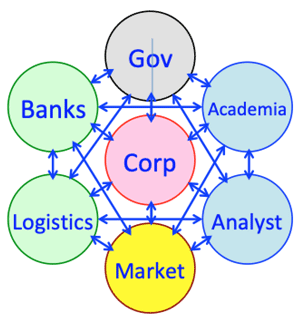 |
